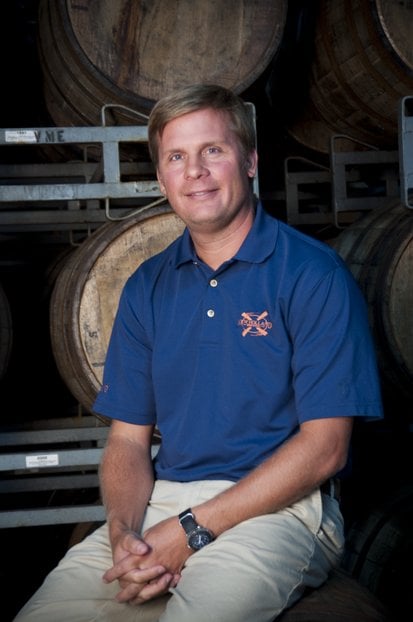
From day one, India Pale Ale (IPA) has been the bellwether beer of New Holland Brewing Co. Since the first year of its official existence, Mad Hatter India Pale Ale has been the flagship brand for the brewery. Today, it’s New Holland’s top-selling beer and has the credentials to be one of the country’s best pale ales — for starters, a Gold Medal win at the 2004 Great American Beer Festival for Strong Pale Ales.
The first frosty mug of Mad Hatter was sold to the public in 1998 and immediately discerning beer fans took notice. This was a well-balanced American IPA uniquely brewed with an English twist.
“I say English twist because our IPA is not a hop bomb like some American IPAs can be,” explained Brett VanderKamp, co-founder and president of New Holland Brewing Co. “It’s got a good malt backbone and isn’t insanely bitter, but has that distinctive floral hop aroma.”
This one IPA would end up creating a family of uniquely varied India Pales Ales, as well as a day dedicated to the beer category in the brewery’s hometown of Holland, Mich. With IPAs being Craft Brewing Business’ Beer of the Month in April, we had to learn how the big characters in New Holland’s famed Hatter Family Series of IPAs were created.
“About four years ago, I was sitting down with Fred Bueltmann, a managing partner at New Holland, and we were talking with a friend who was joking about opening an all-IPA brewery,” VanderKamp continued. “It was definitely one of those moments when you could practically hear the wheels turning. As a brewer, I love experimenting and trying out new things. That’s when our Hatter Family Series started — just in draught at first — and now we bottle and release seven Mad Hatter offshoots.”
Roll call: Imperial Hatter — an imperial IPA; Black Hatter — a black IPA; Farmhouse Hatter — a Farmhouse IPA; Michigan Hatter — a Michigan pale ale made entirely with Michigan-grown Cascade hops; Oak-Aged Hatter — an oak-aged IPA; Rye Hatter — a Rye pale ale; and White Hatter — a Belgian-style white pale ale. Last year, all eight of these IPAs, including Mad Hatter, were served at the company’s 15th anniversary on Hatter Day, June 16, 2012. What is Hatter Day exactly? When New Holland founders VanderKamp and Jason Spaulding first tapped the then unnamed Mad Hatter in 1998, a group of English majors from Hope College happened to be in the bar (originally located on Fairbanks Ave. in Holland). After a pint, they quickly announced that it was “Mad Hatter Day,” according to the lore surrounding the 10/6 on the Hatter’s hat on the original illustration in Lewis Carroll’s classic Alice in Wonderland.
“We release all the Hatters in June as a nod to the date noted on the Mad Hatter’s ticket in his hat,” VanderKamp confirmed. “It’s a crazy time in the brewhouse, but our brewers really knock it out of the park.”
There are few folks in America that understand the potential and pitfalls of brewing IPAs better than VanderKamp and New Holland, but the company is hesitant to fling out generic advice. Today, Mad Hatter and the rest of the Hatter Family account for approximately 29 percent of the company’s total beer sales, but that impressive number was a journey of success and failures. To find equilibrium, the company boiled its business plan down to a word — balance.
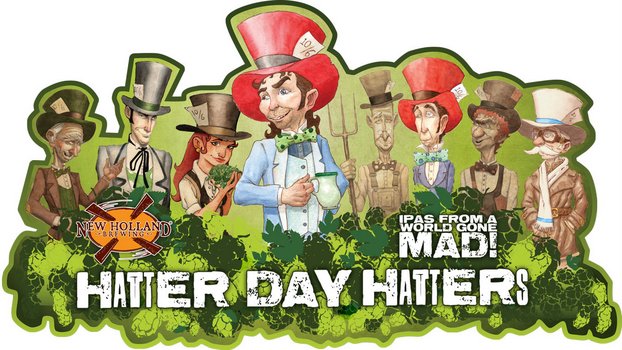
“I’m hesitant to give anyone advice about beer. So much of it really is trial and error,” VanderKamp said. “Those magical moments come when you have a vision and are actually able to execute it. But if I were going to put my advice cap on, I’d say play on the edges of what an IPA can be. Those were some of the best moments for us in the brewery — when we were playing around with the Hatter Series, tinkering with recipes, experiencing the hits and misses. For us, we challenge ourselves to push the boundaries, but to always seek balance. Balance is our absolute mantra around here. Finding that perfect tipping point, those are the moments that fuel a brewer.”
Let’s take a closer look at the Mad Hatter India Pale Ale. It’s made using caramel malts, with a hint of toffee. New Holland capitalizes on Centennial hops that provide that floral, citrus and light spice notes, while also conjuring that well-balanced bitterness. Mad Hatter uses American ale yeast, and according to the website, the beer is a robust renovation of the India Pale Ale. Its assertive dry-hopping provides an aromatic telltale nose, indicative of the bitter, bold hop character that follows, mixing with lively grapefruit and citrus notes. Today, you can find Mad Hatter and other New Holland creations sold and distributed throughout Michigan, Illinois, Indiana, Wisconsin, Minnesota, Missouri, Ohio, Kentucky, Pennsylvania, Virginia, Maryland, North Carolina, South Carolina, New York, Georgia and the District of Columbia.
“My thoughts on brewing an IPA are pretty much the same as any other brand — be true to your brand and your beer portfolio,” VanderKamp said. “Don’t listen to conventional wisdom or try to ride out a current trend. Listen to your gut and your palate.”
“It’s an exciting time to be in beer. It’s a great industry that offers an amazingly creative outlet. We get to create art every day. It’s not unlike being an art student, but you need to learn the basics. You need to understand the tools and the principles and then, well, you get to push the envelope. That’s what we got to do with the Hatter Series. We took a formula that was tested and then we improvised and free-styled. Like I said, that’s when the magic shows up.” — Brett VanderKamp.Of course, New Holland is much more than its Mad Hatter Series. Today, the company is both a brewery and distillery, concocting beers, but also spirits that range from gin (like its brand Knickerbocker) to whiskey (like its Hatter Royale Hopped Whiskey). New Holland brews and distills at two locations in Holland — its production facility on the north side and its pub and restaurant in downtown Holland. The restaurant welcomes guests seven days a week and production tours are on Saturday afternoons. With just under 150 employees, New Holland sells its beer and spirits across a growing regional landscape, while anchored in the upper Midwest.
In 2012, its production facility underwent substantial development including the tripling of its brewing capacity through outdoor fermentation, the addition of a centrifuge and the expansion of its famous Dragon’s Milk cellar. In 2013, the company is expanding its distilling capabilities, renovating the downtown Holland Pub & Restaurant and focusing on the integration of Michigan agriculture, using locally grown hops, wheat and barley in several new and existing brands. Like many craft brewers, it’s that growth and evolution that has been the biggest business roadblock.
“Personally, our biggest hurdle is managing own growth,” VanderKamp said. “We want to grow at a certain pace, bringing the right people to the table that will help grow the business we want to maintain. Craft beer is exploding. You can chase every market out there at warp speed, or you can build your portfolio, build your brand and connect with your consumers.”
There is a pretty noticeable trend today toward crazy, over-hopped IPAs, but New Holland has stayed away.
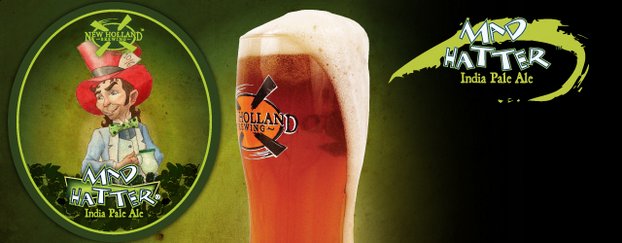
“Sometimes it feels like a competition to see who can make a beer with the most theoretical IBUs, but in reality it just ends up being hop juice,” VanderKamp said. “That kind of brewing just isn’t New Holland’s thing. Again, it’s all about balance. I think the pendulum will swing the other way, and we’ll see more sessionable IPAs in the future.”
We’ll have to wait and see. In fact, we should all probably revisit that thought on June 10, 2013. It’s officially Hatter Day all over the country, with the street party celebration in Holland happening on June 8. It’s a day that above all celebrates the magic you can create with a few well-balanced craft beers.
“It’s an exciting time to be in beer,” VanderKamp said. “It’s a great industry that offers an amazingly creative outlet. We get to create art every day. It’s not unlike being an art student, but you need to learn the basics. You need to understand the tools and the principles and then, well, you get to push the envelope. That’s what we got to do with the Hatter Series. We took a formula that was tested and then we improvised and free-styled. Like I said, that’s when the magic shows up.”


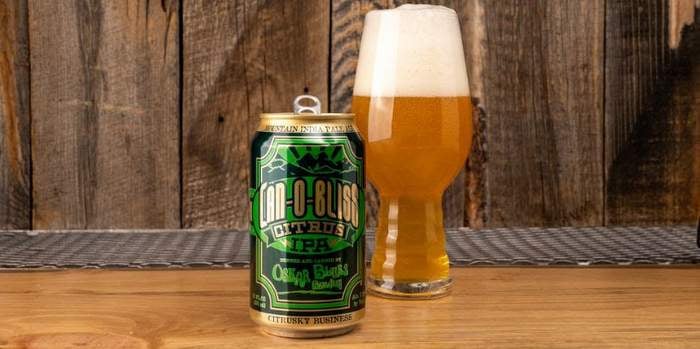
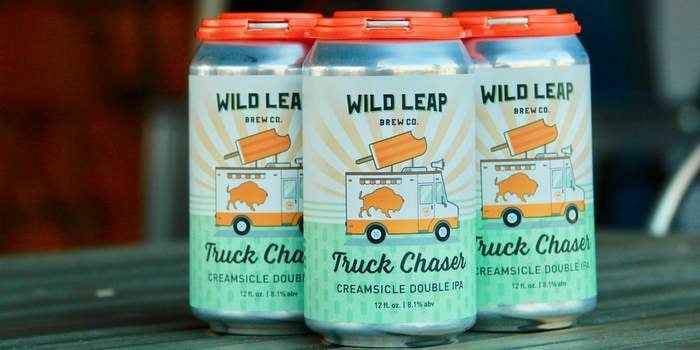

Brett VanderKamp: Talking with the Mad Hatter of IPAs at New Holland Brewing @newhollandbrew http://t.co/hyDkeJhFT5 via @CraftBrewingBiz
RT @CraftBrewingBiz: Brett VanderKamp: Talking with the Mad Hatter of IPAs at New Holland Brewing @newhollandbrew http://t.co/tDa26rmA52
RT @CraftBrewingBiz: Brett VanderKamp: Talking with the Mad Hatter of IPAs at New Holland Brewing @newhollandbrew http://t.co/tDa26rmA52